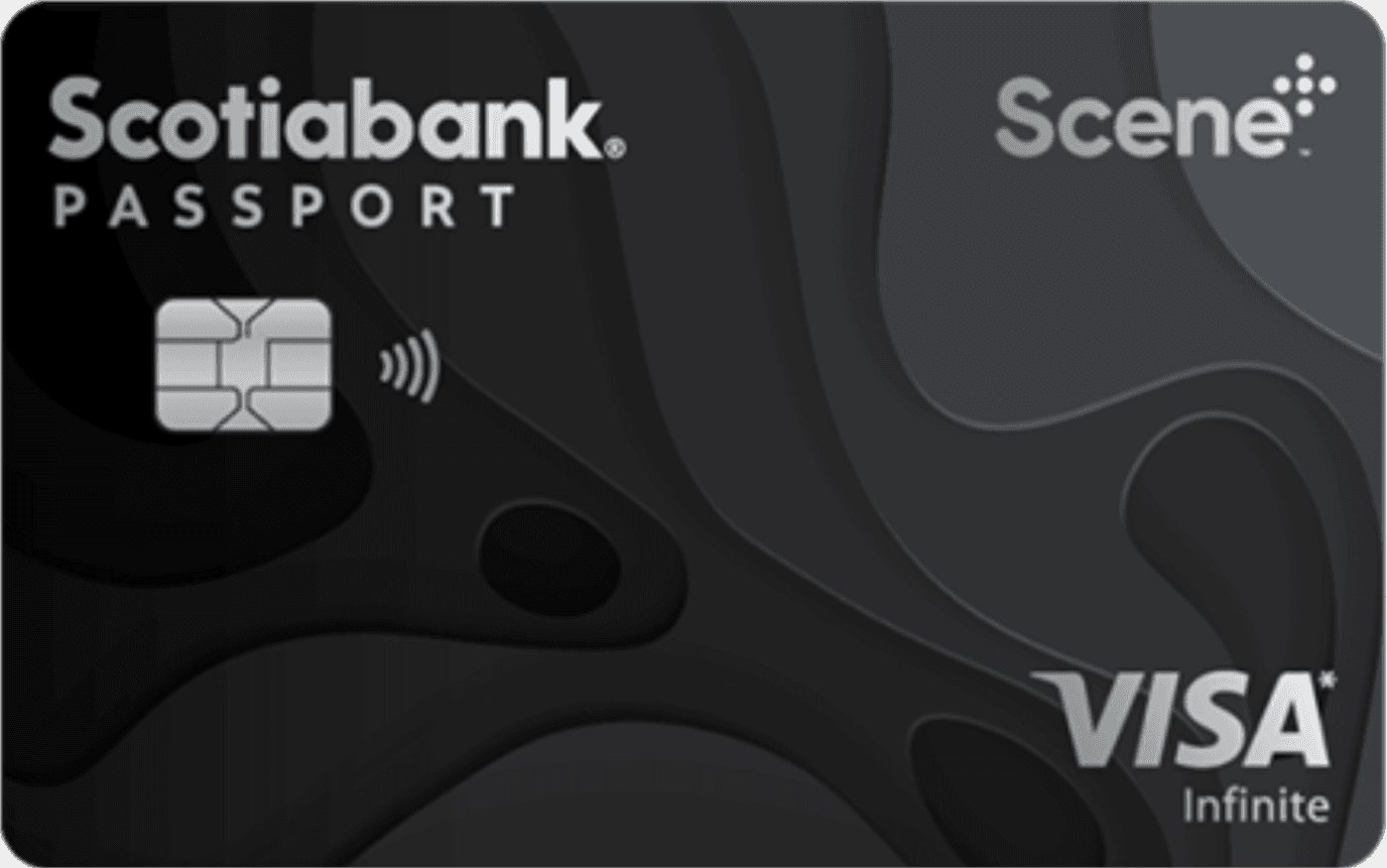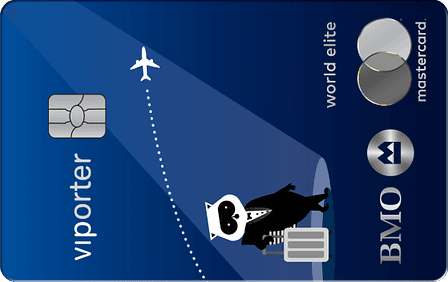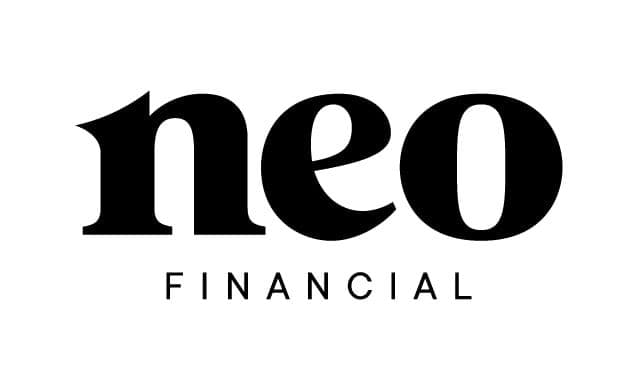
Reading Credit Card Statement
Abid Salahi
Author4 min read
Owning a credit card comes with the responsibility of understanding your credit card statement. It's not just about being literate in the traditional sense, but about being equipped to comprehend the various sections and terminologies present in your statement. Even if you've been using credit cards for years, there's always something new to learn. For the newbies, there's a whole world to grasp. This article aims to demystify your credit card statement, turning you into a proficient reader and a more effective manager of your finances.
Breaking down and reading Credit Card Statement:
- Credit Card Holder Information: At the very top of your statement, you'll find your personal details like your name, account number, billing address, and contact information. It's crucial to ensure these details are correct. Any inaccuracies should be reported to your credit card issuer immediately.
- Account Summary: This segment offers a concise overview of your account activities in the past month. It typically includes your previous balance, payments made, purchases, cash advances, and any fees or interest charges incurred. The 'New Balance' reflects your total owed amount, accounting for all these factors.
- Transaction Details: Here, each financial transaction within the billing cycle is listed, including the transaction date, amount, and merchant description. This section is key for cross-referencing your expenses and identifying any discrepancies. It's also a valuable tool for budgeting and tracking where your money goes each month.
- Minimum Payment Due: Understanding the minimum payment is vital. This is the least amount you can pay to keep your account in good standing, while the remainder of your balance is carried over to the next month. However, this comes at a cost - the interest. It's advisable to pay more than the minimum to avoid the accumulation of high-interest debt.
- Due Date: This is the deadline for your payment, whether you're paying in full or just the minimum. Paying by this date is crucial to avoid interest charges.
- Late Payment Warning: This section informs you about the potential interest charges if your payment is late. It's a helpful reminder to encourage timely payments.
- Credit Limit and Available Credit: Your credit limit, or the maximum borrowing capacity, is mentioned here. Alongside it, you'll find your available credit, which indicates how much more you can borrow. Understanding these figures is essential for managing your credit utilization, a key factor affecting your credit score. Keeping your credit utilization below 30% is a good practice for improving your credit score.
- Payment Coupon: Some issuers include a payment coupon for those who prefer mailing their payments. This is a convenient feature for individuals who are not inclined towards online payments.
- Outstanding Fees: This section details any fees incurred during the billing cycle. These could include late payment fees, annual fees, foreign transaction fees, cash advance fees, and other related charges.
- Interest Charges: The interest section is critical. It shows how much you owe in interest for carrying a balance from one month to the next. This part of your statement can be an eye-opener, illustrating the cost of not paying off your balance in full.
- Rewards and Benefits: If your card offers rewards, this section will detail the benefits you’ve accrued. It's always exciting to see the rewards you’ve earned and understand what you can redeem them for.
- Contact Details: The statement also includes contact information for your credit card issuer. This is handy for any queries or issues you might have, or even if you stumble upon someone else's lost credit card or statement.
- Notice: Important account notifications, such as changes in your APR or terms, are highlighted here. It's important to pay attention to these notices as they can significantly impact your credit card usage and finances.
Final Thoughts
By understanding each section of your credit card statement, you can manage your finances more effectively, avoid unnecessary fees, and take full advantage of your card’s benefits. Remember, knowledge is power, especially when it comes to handling credit cards!
Trending Offers

Scotiabank Passport® Visa Infinite* Card

BMO VIPorter World Elite Mastercard®∗

BMO VIPorter Mastercard®∗

Neo High-Interest Savings Account